Welcome to your twice-yearly round-up of the goings on across the University of Cambridge Museums. It’s been busy!
Between April and September 2022, we welcomed…
With the return of a substantial post-pandemic offer of events and activities onsite – more about that below – we’ve seen our visitor numbers continue to recover, and welcomed more than twice the number of visitors than we did in April-September 2021.
Power and Memory
Who has the power to choose which stories we remember and tell? Where can we find acts of courage, conflict or censorship in our collections? What can museum collections reveal about the histories of empire? What does change look like today?
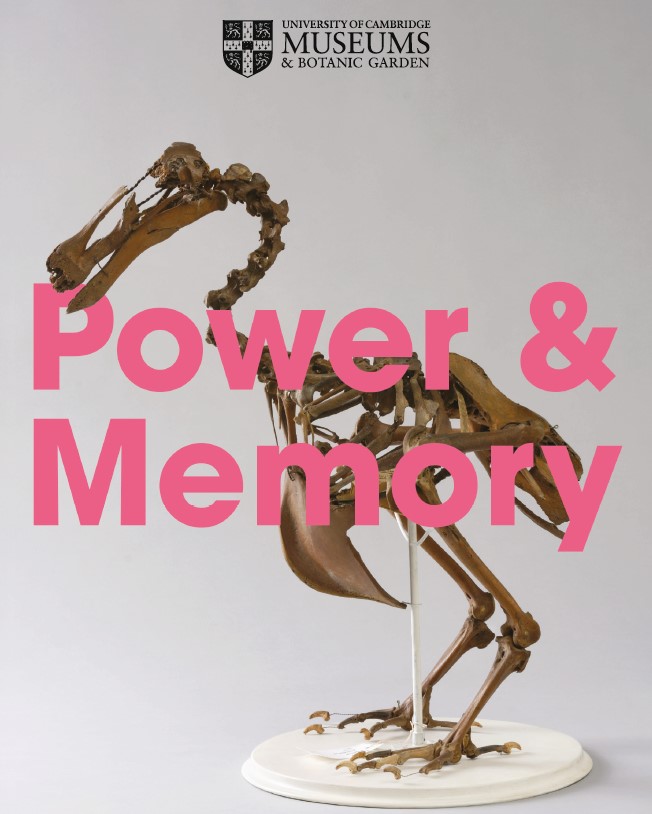
In September, the University of Cambridge Museums announced Power and Memory, a programme of events, displays, workshops, and community-led discussions confronting Cambridge’s colonial story. Running until January 2024, Power and Memory draws on two years of collaboration between the University collections, community groups and researchers and partners from across Cambridge and beyond. As part of the programme, you can expect an open call for community-led events and activities; partnerships with the Cambridge Festival and Uncomfortable Cambridge walking tours; Power Walks, a chance to explore the collections in depth; and exhibitions, displays, lates, research talks and new digital content.
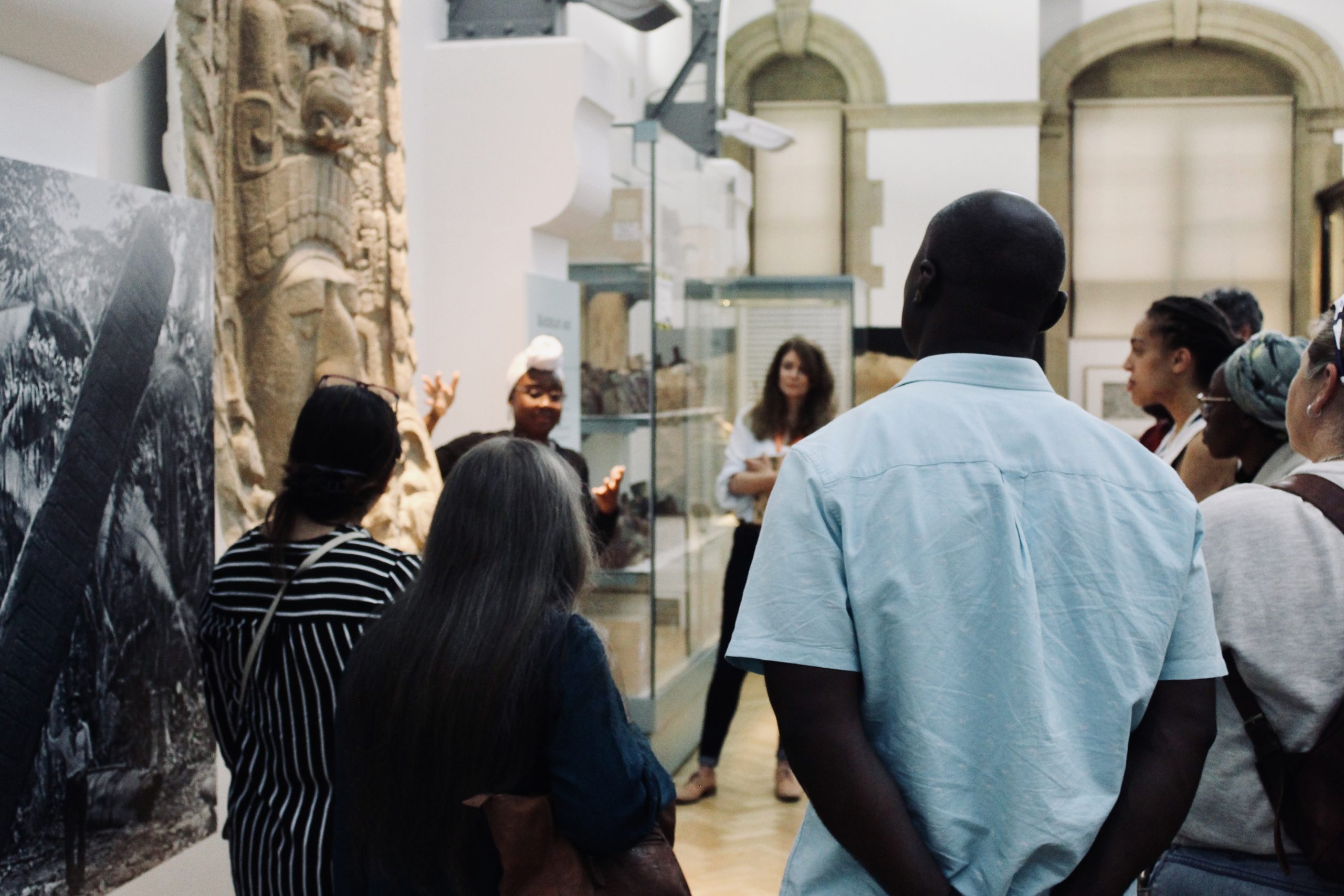
In July 2023, a major exhibition at the Fitzwilliam Museum, Cambridge & Slavery: Power, People Resistance, will explore the links between Cambridge, Cambridgeshire and Atlantic enslavement.
Power and Memory builds on a long-term commitment to researching and sharing the complex histories of the University’s collections. The founding of our museums and growth of the collections is linked to the spread of the British Empire, and we’re undertaking new research to understand the complex histories of the collections, the role museums played in colonialism, and the practices and systems of thinking that we have inherited from the colonial period. In the past six months, collections-focused work has included a research network, Slavery & Freedom: Material & Visual Histories, hosted by the University’s Centre for Research into the Arts, Social Sciences & Humanities (CRASSH). Network events have been attended by researchers, artists and curators from 12 countries.
The commitment is aligned with the University’s inquiry into the legacies of enslavement, which published a preliminary report in September, and is guided by an Advisory Group of critical friends and an ambitious programme of audience research and community consultation. In July-November 2021, as part of our general audience research, we asked visitors across the eight museums the following question:
“The University of Cambridge Museums are committed to an ongoing investigation into the complex histories of our collections, examining the impact of colonialism, legacies of enslavement and racial inequality.
“Do you think it is the responsibility of the museums to talk about these topics? Why or why not?”
84% of those who responded to the question (1396 people between July and September) agreed that it was the museums’ responsibility to talk about these topics.
Cambridge supports Nigeria’s claim for return of Benin artefacts from University collections
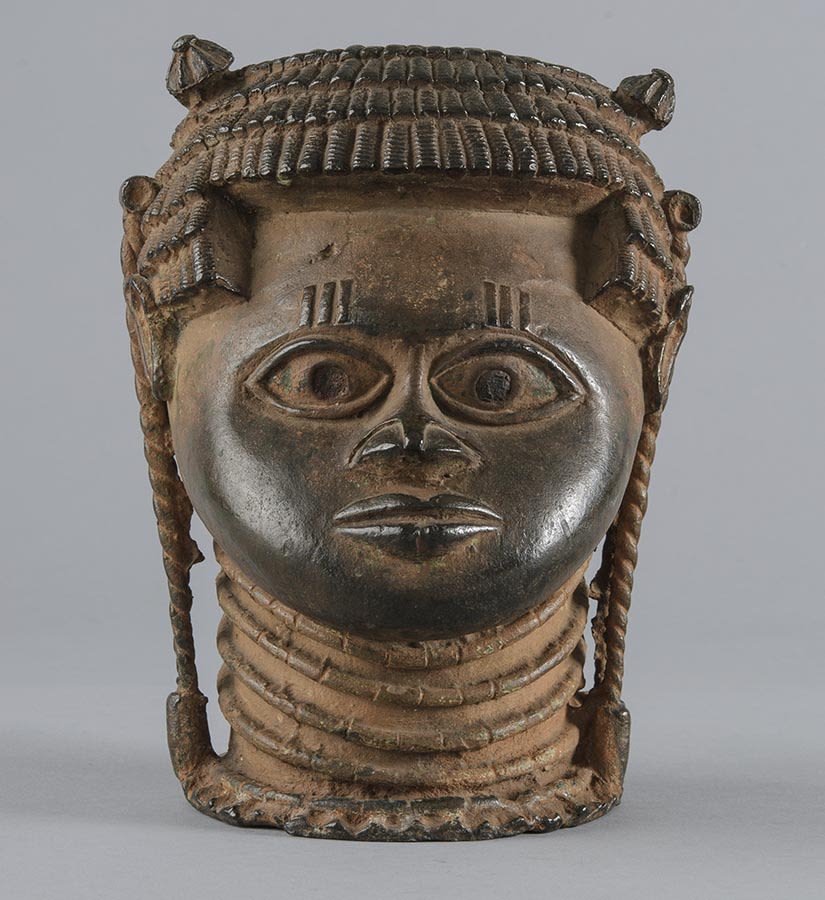
One of the key aims of our collaborative inquiry into the legacies of empire is to bring together the expertise and experience already held by individual University collections, so that we can share and learn across the arts, sciences and humanities collections. A landmark moment for the Museum of Archaeology and Anthropology (MAA) was achieved when the University Council considered and supported a claim for the return to Nigeria of 116 objects currently held in the MAA collections that were taken by British armed forced during the sacking of Benin City in 1897. The decision follows five years’ rewarding work with Nigerian partners and the Benin Dialogue Group.
“Makes Constable look like a wet hanky”: this season’s exhibitions
All aboard a whistlestop tour through our spring and summer exhibitions, taking in everything from the power of nature to the politics of colour, and featuring one of the most popular exhibitions in the Fitzwilliam Museum’s history…
Hockney’s Eye: The Art & Science of Depiction
Fitzwilliam Museum & Heong Gallery, Downing College, 15 March – 29 August 2022
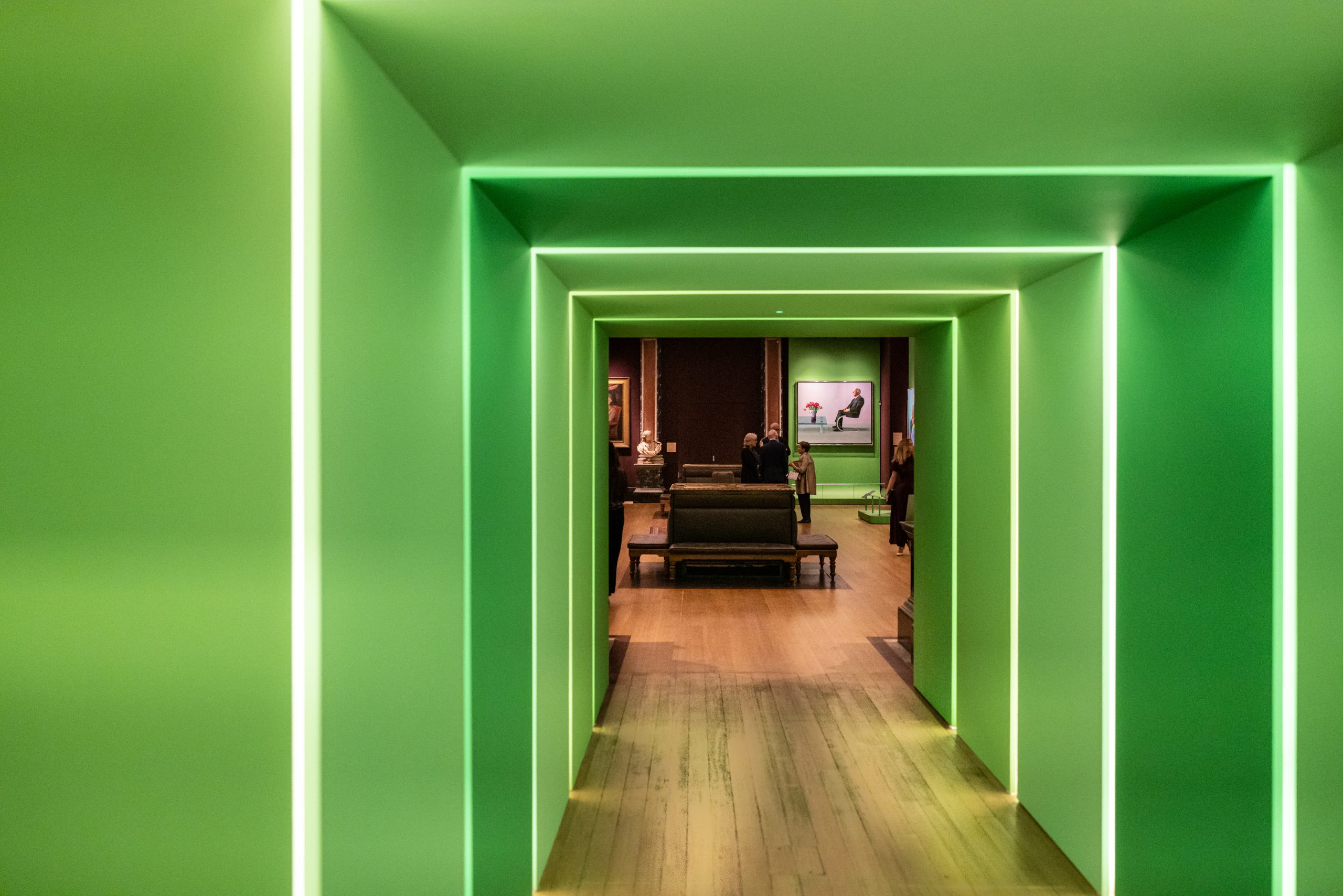
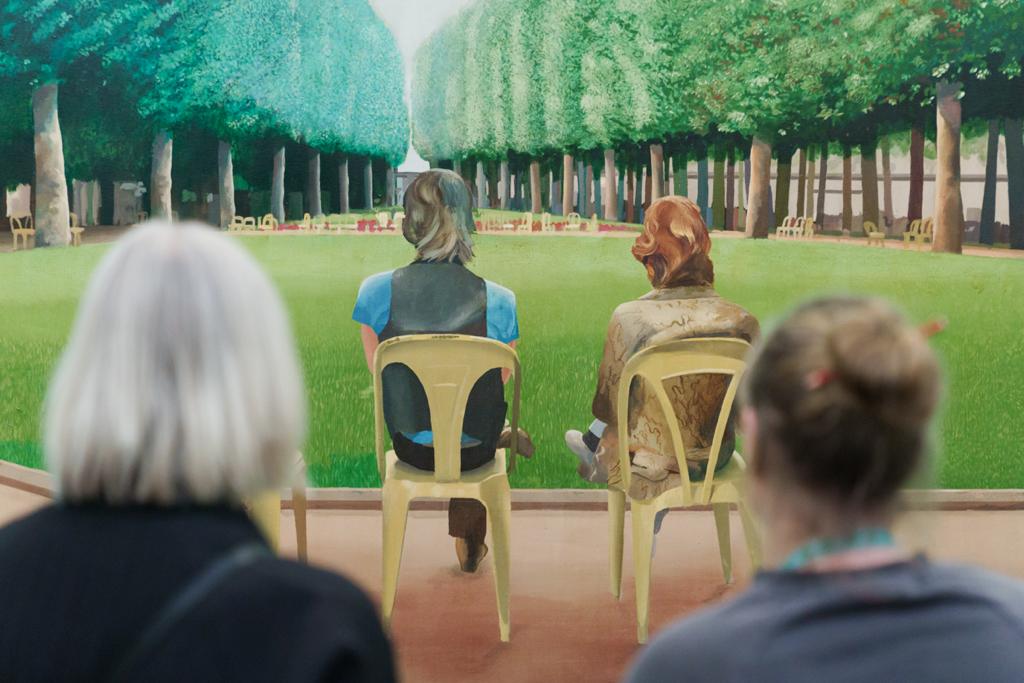
A “scintillating takeover” of the Fitzwilliam’s historic painting collection explored ways of seeing and depicting in David Hockney’s art, from optical devices to digital gadgetry. Installed across the Fitzwilliam Museum and Downing College’s Heong Gallery, Hockney’s Eye was one of the museum’s most popular to date and attracted critical acclaim, including a 5-star review in The Guardian: “Makes Constable look like a wet hanky“. 32 works, including five from the Fitzwilliam collection, are now travelling to Haarlem for a new edition of the show at the Teyler’s Museum.
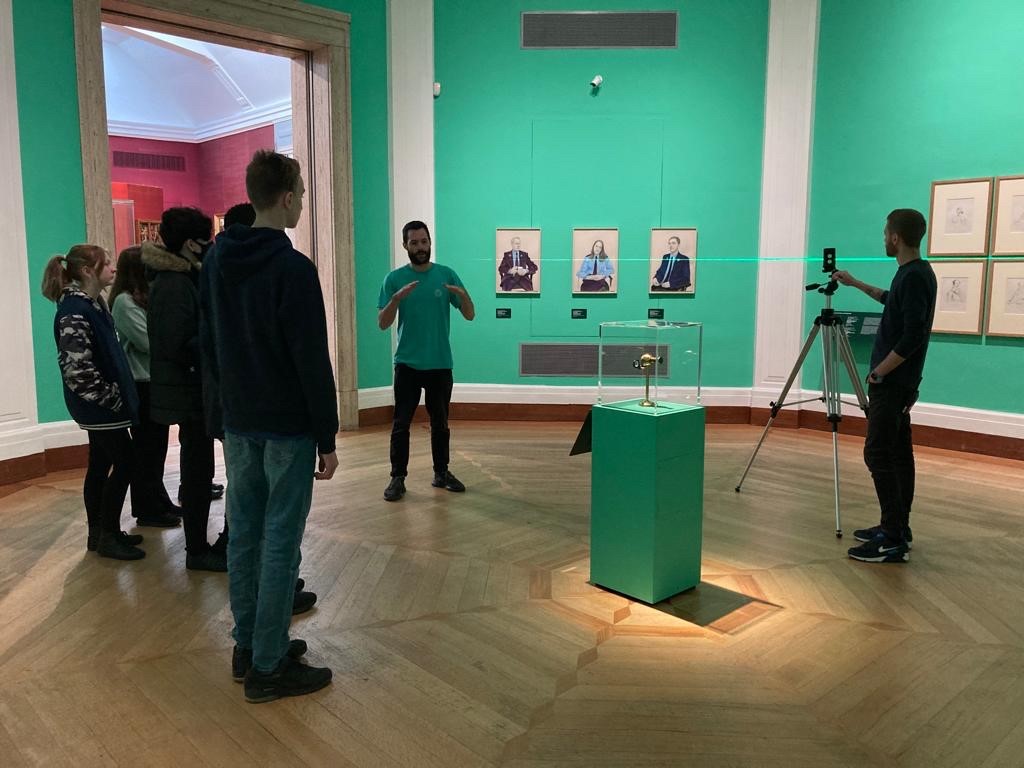
True to Nature: Open Air Painting in Europe, 1780-1870
Fitzwilliam Museum, 3 May- 9 August 2022
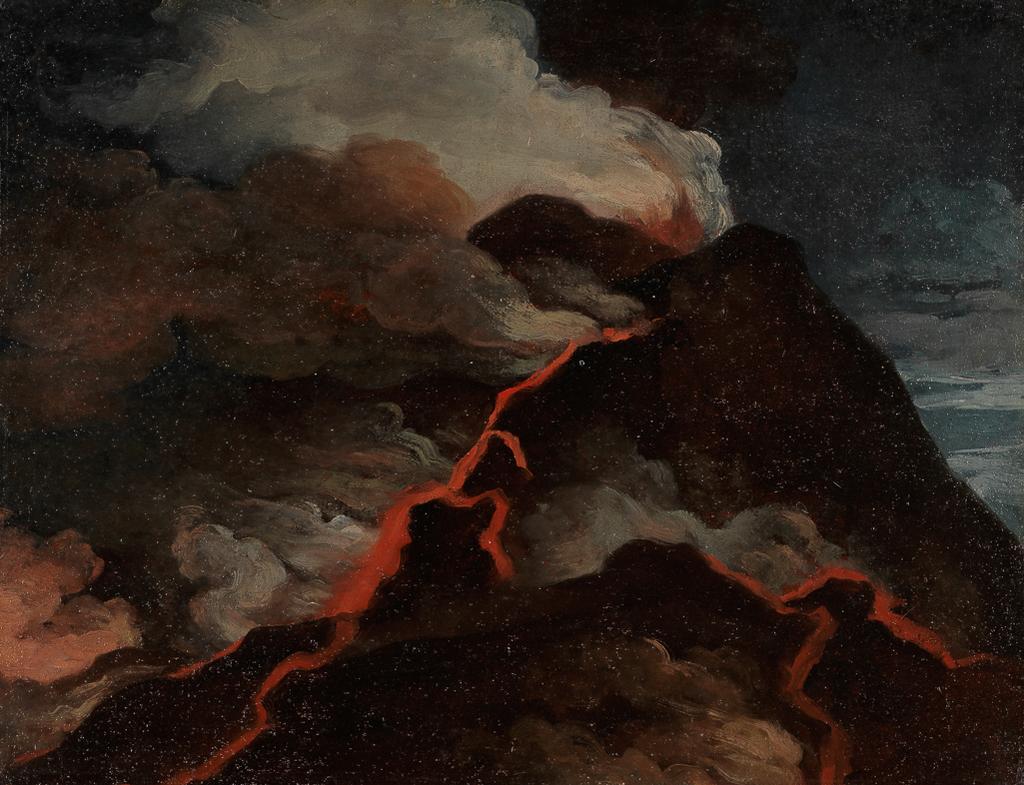
True to Nature explored the inventive ways artists in the 18th and 19th centuries recorded fleeting moments in nature, capturing the effects of light, drama, and atmosphere first-hand in the open air. Through beautiful projections of the cellular structures of trees, spectacular footage of volcanoes, and mineral, rock and botanical specimens from other University collections, the exhibition also highlighted developments in the earth sciences each seeking, like painters of the time, to reveal ‘truths’ about the world we inhibit. The exhibition united for the first time more than 100 oil sketches from the remarkable collections of The Foundation Custodia in Paris, The National Gallery of Art in Washington, and The Fitzwilliam Museum in Cambridge, together with a distinguished private collection of sketches never before seen in public.
ReFeR
Museum of Classical Archaeology, 2 June-22 October 2022
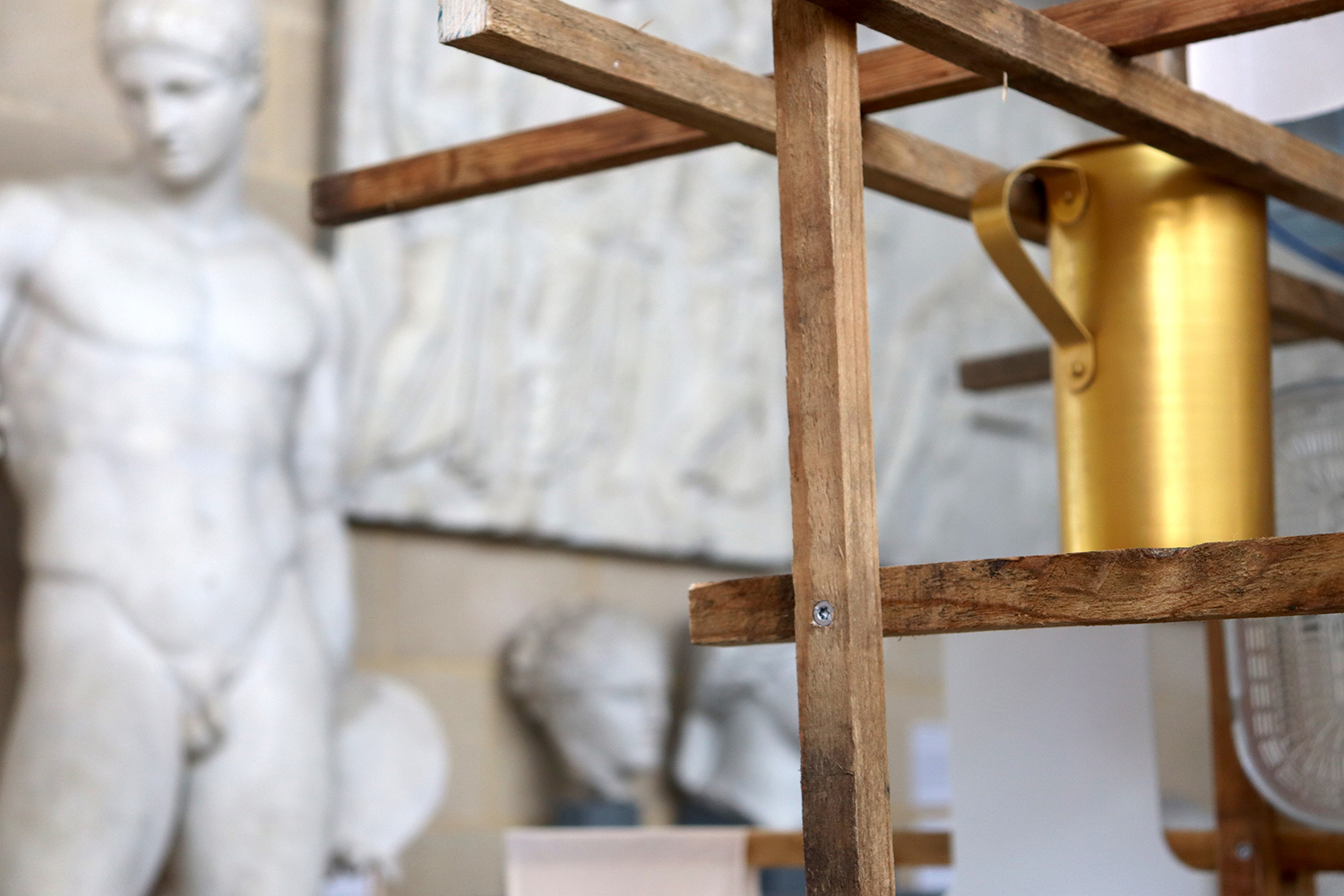
ReFeR is a group show by Danish contemporary art collective Guirlanden encompassing a new series of artworks, shaped by the Museum of Classical Archaeology’s space, collection and the relationships between them. Each artist looks towards the past, the present and the future at the same time, sparking new creative conversations across time and place.
Craftswomen: Uncovering Hidden Labour in the History of Science
Whipple Museum of the History of Science, 17 July 2022-31 December 2023
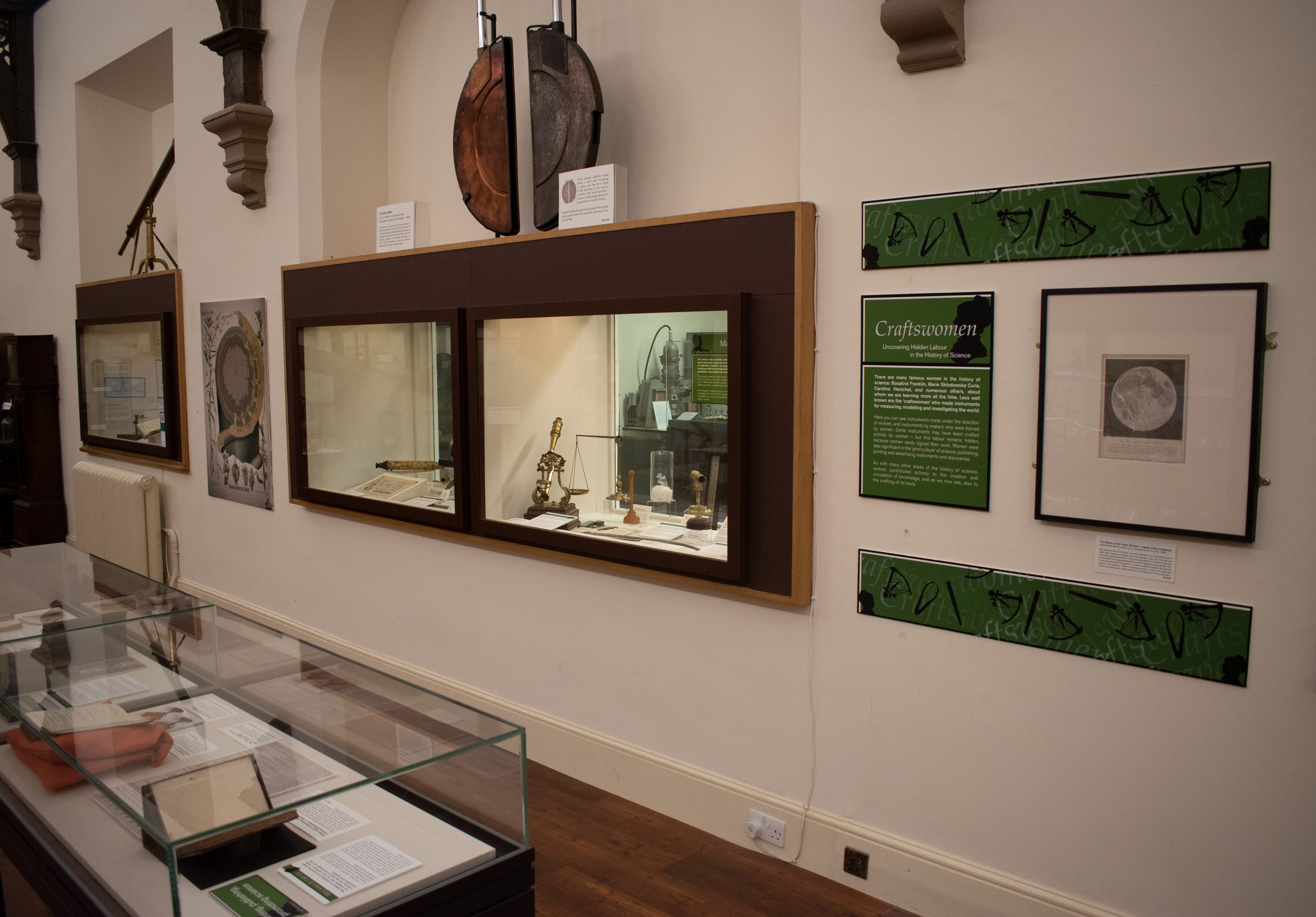
This exhibition at the Whipple Museum delves into the little known stories of the historic ‘craftswomen’ who made instruments for measuring, modelling and investigating the world, bringing together instruments made under the direction of women, and instruments by makers who were trained by women. Some instruments may have been crafted entirely by women – but this labour remains hidden, because women rarely signed their work. Women were also significant in the ‘print culture’ of science: publishing, printing and advertising instruments and discoveries. As with many other areas of the history of science, women contributed actively to the creation and circulation of knowledge, and as we now see, also to the crafting of its tools.
COLOUR: Art, Science & Power
Museum of Archaeology & Anthropology, 26 July 2022-9 April 2023
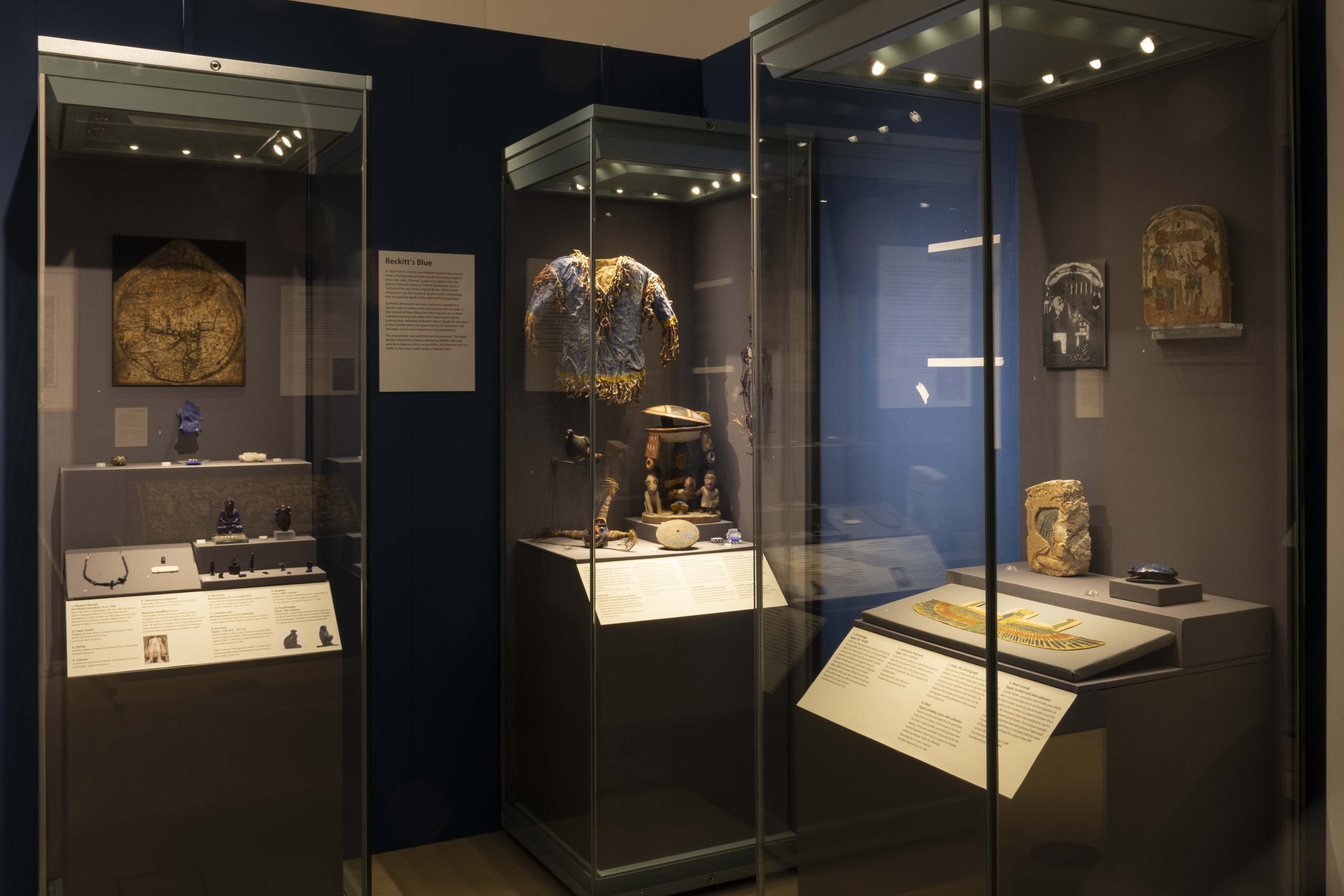
COLOUR harnesses the allure and power of colour to inspire reflection and creativity. The exhibition integrates insights from the arts, humanities and the sciences, bringing together extraordinary objects and artworks from different times and places and across the University collections. Material on display includes paintings, artists materials, medieval manuscripts, ancient Egyptian figures, African sculpture, Amazonian feather headdress, textiles, a royal Hawaiian cape made of hundreds of thousands of shimmering feathers, scientific instruments, rainbow flags, iridescent shells, mineral specimens and much more!
The exhibition was developed in consultation with specialists and Indigenous colleagues from across the world, local community groups and students.
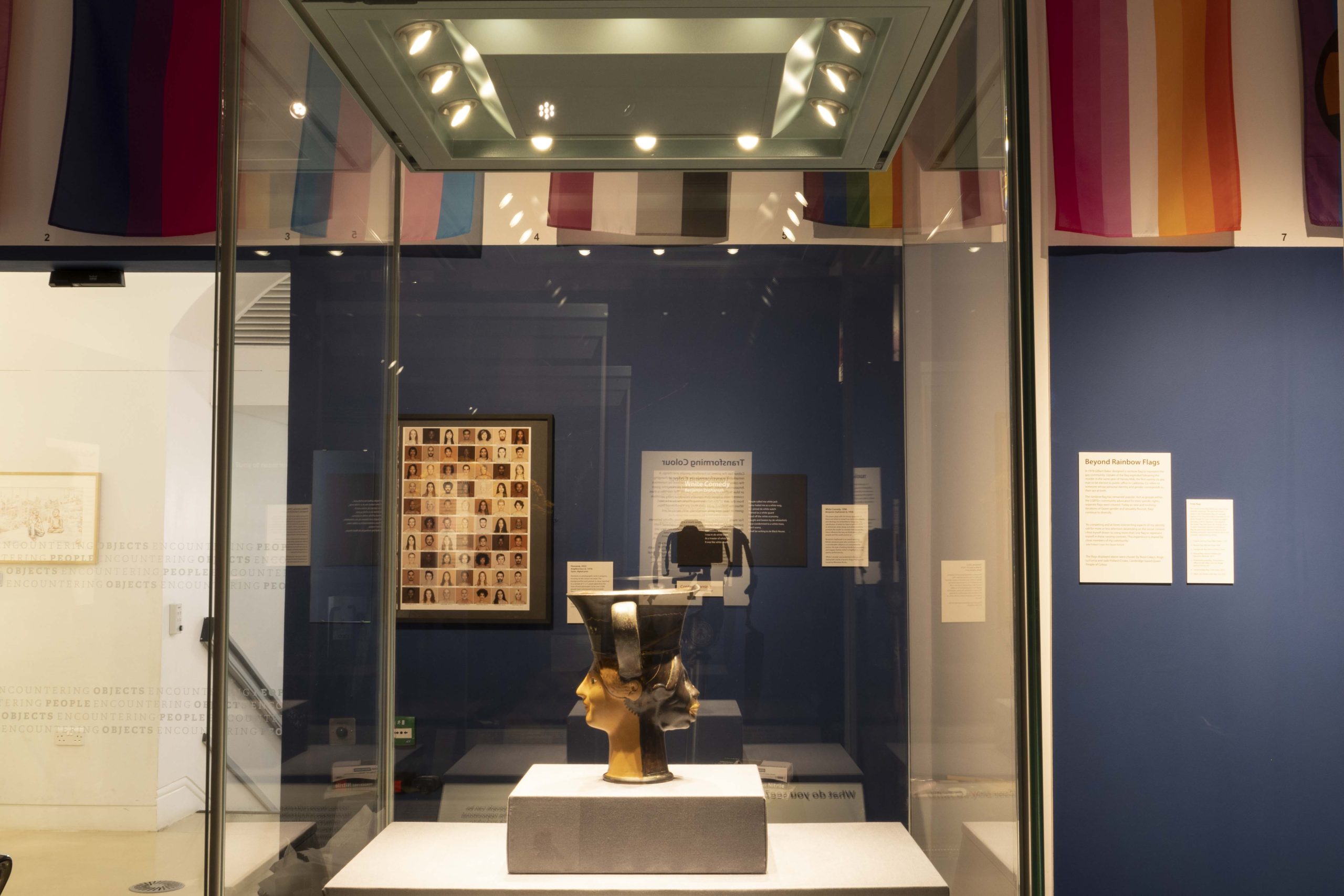
Summer with the Museums
This summer marked a welcome return to larger-scale events, including the Big Weekend (July), the annual festival on Parker’s Piece in central Cambridge, where we delivered hands-on family activities for 1400 visitors.
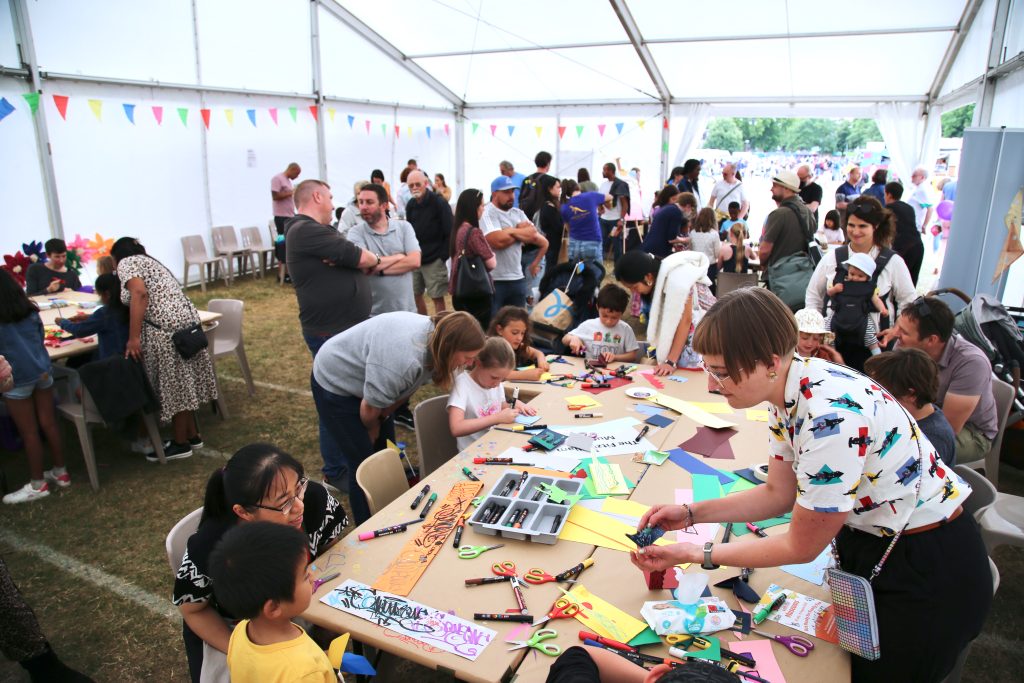

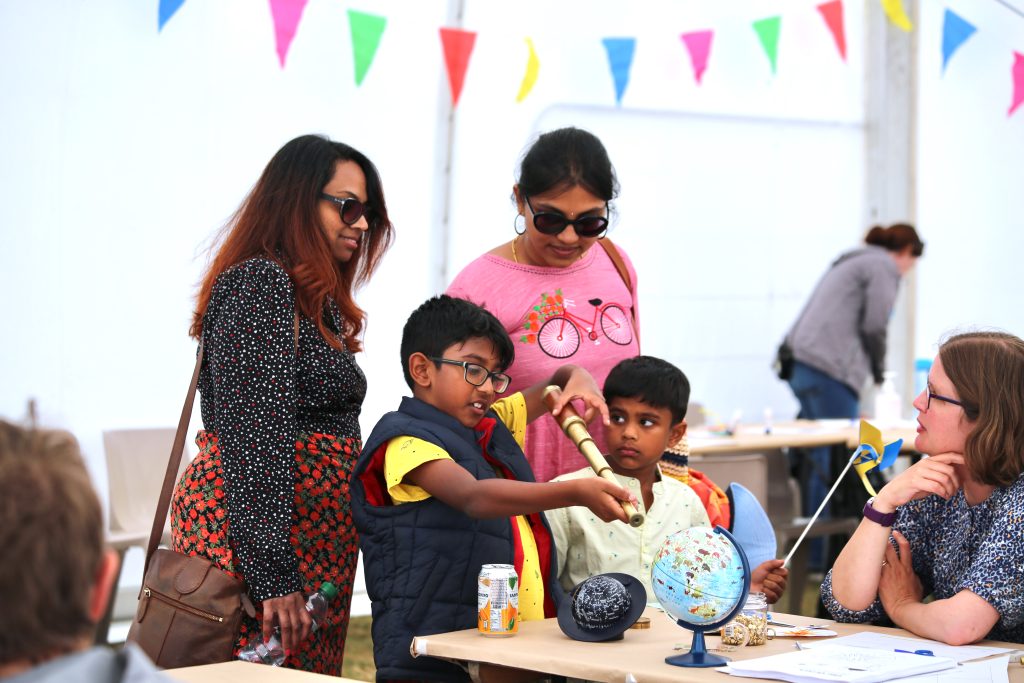

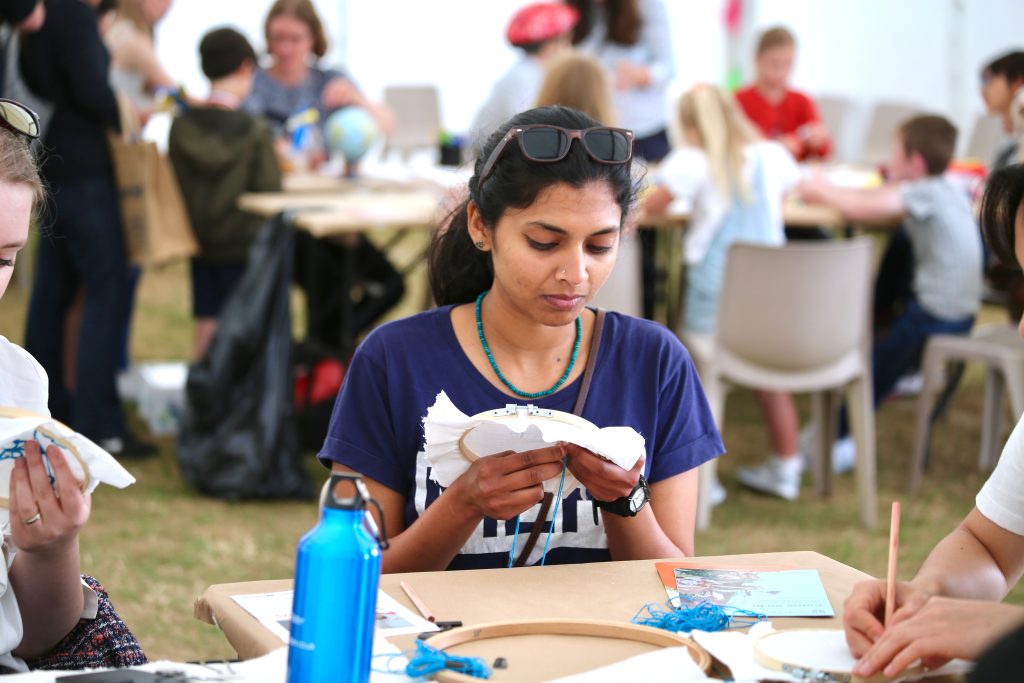

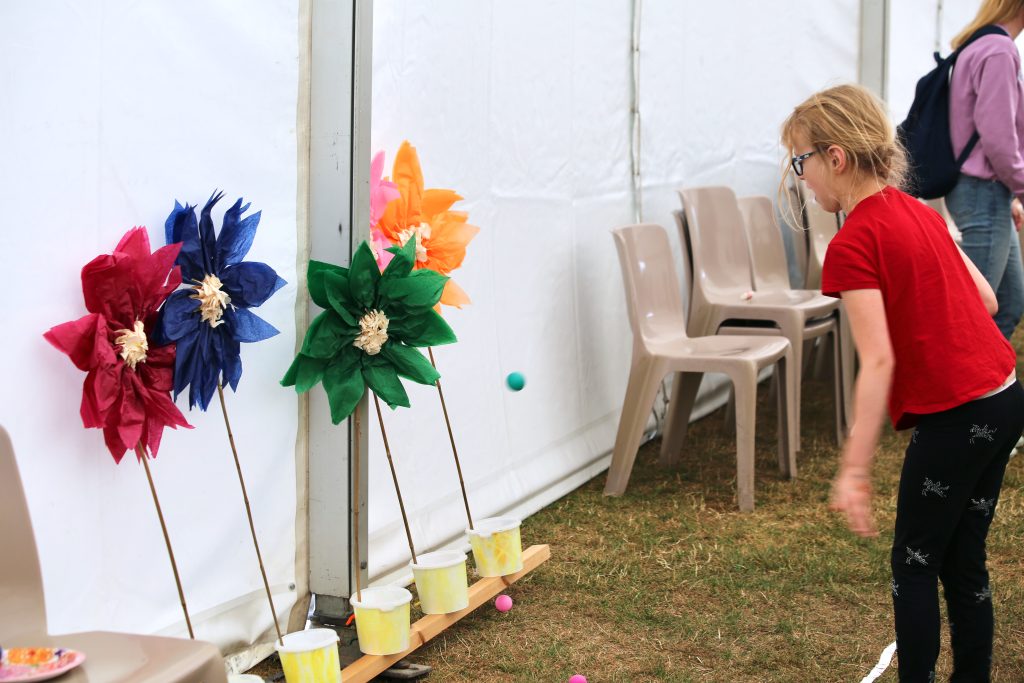

Working in partnership with organisations across the region, Summer with the Museums (25 July-31 August) promotes free or low cost family events and activities across the summer holidays, with the aims of raising general awareness of the museums and their family-friendly offer; be a responsive and vital resource to our local communities; and support engagement from families in areas of Cambridge city and region ranked most deprived by working closely with the City Council’s Children and Young People’s Participation Service (ChYpPS). This year’s programme included 145 in-person family events, together with 85 self-led trails and resources, from 23 partners across Cambridge and the region. We took part in 7 sessions in recreation grounds across the city coordinated by ChYpPS, and delivered three supported events for ChYpPS families.
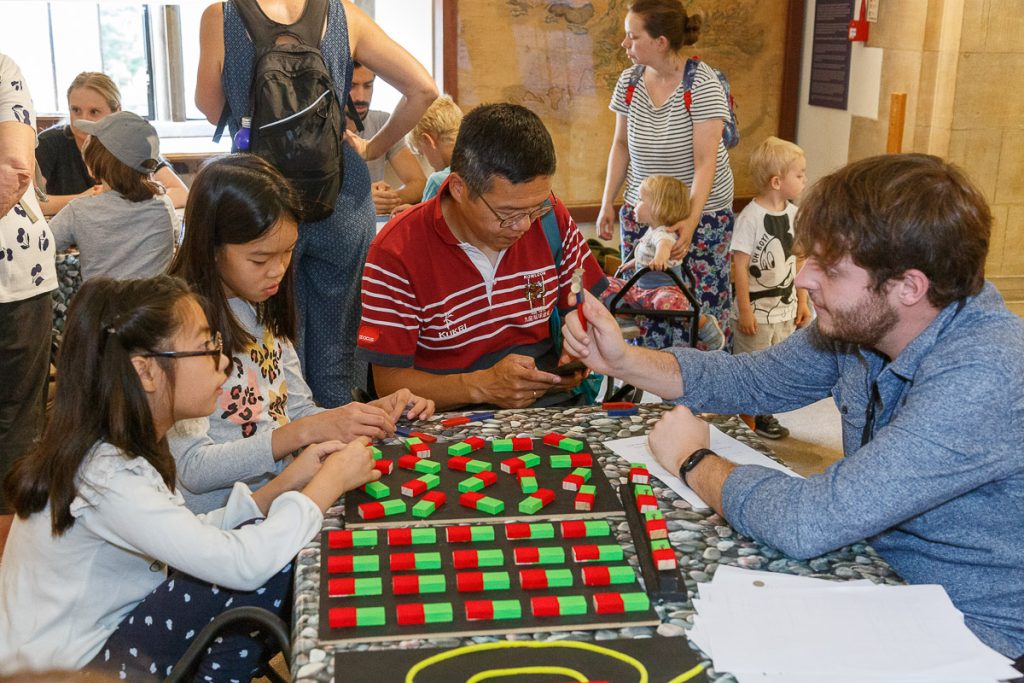

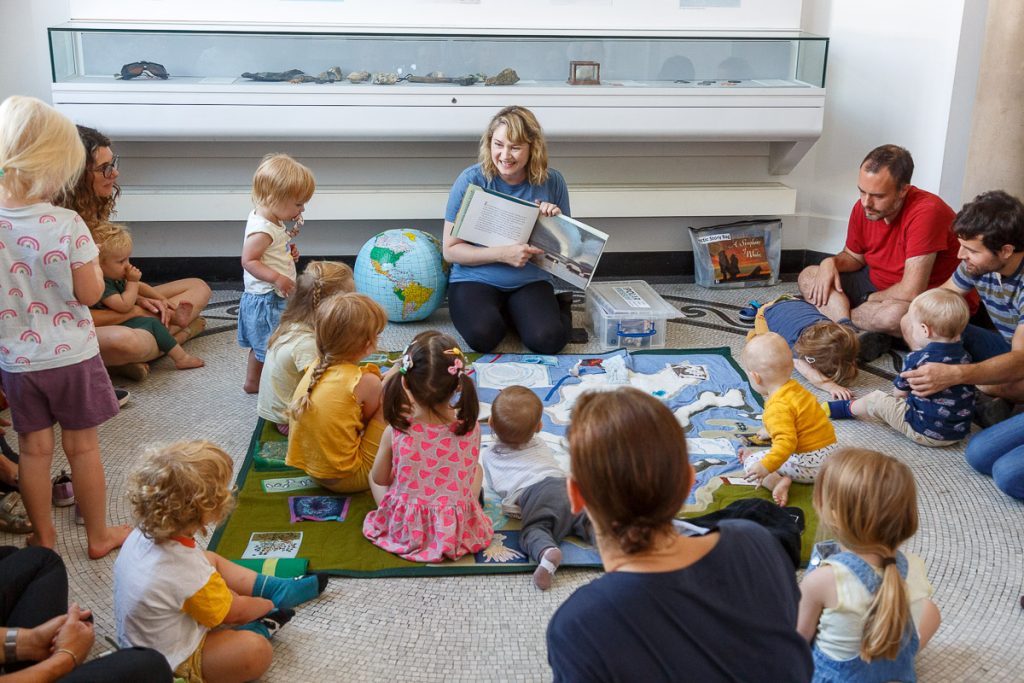

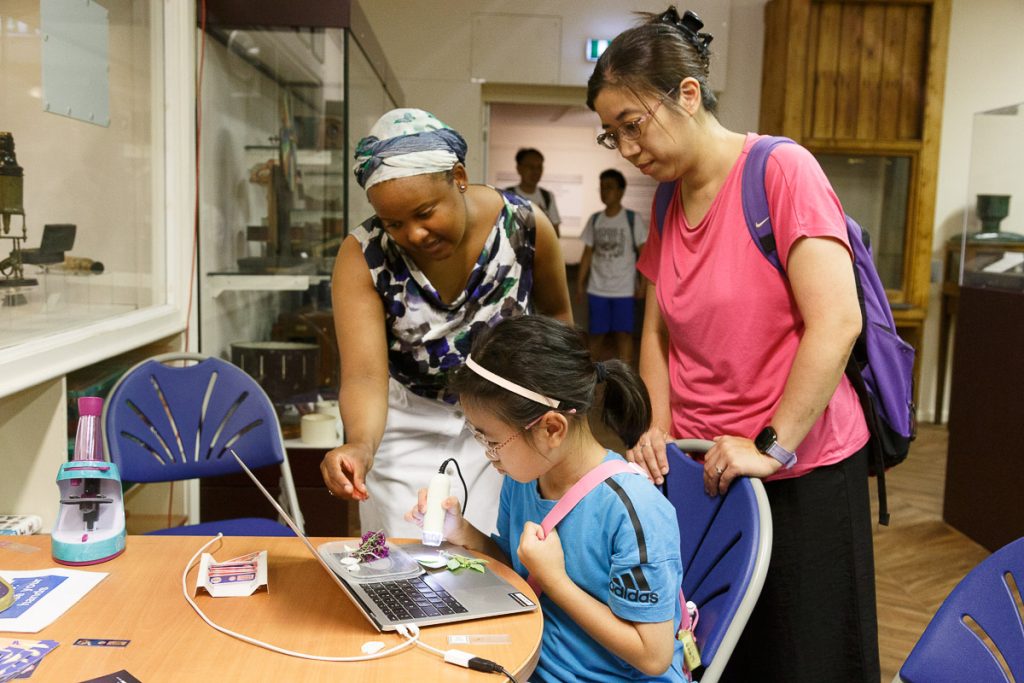

The programme also included a strong SEND (Special Educational Needs & Disabilities) offer, with 5 disability-friendly openings supporting families with additional needs and disabilities to explore the museums at their own pace, together with a SEND-friendly activity with supporting films and free craft packs for completion at home.
In total:
- 10,059 people attended family events
- 8465 people took part in family trails
- 106,379 adults and children visited participating venues during the summer holiday.
- 41% of the Cambridge audience came from areas identified as being the least engaged/having higher levels of socio-economic deprivation
Families told us:
“This gave us the opportunity to go to and enjoy museums we have not been to. It provided a fun environment to create new memories with our family”.
“[I gained] quality time with my children in a local, easy to walk to venue and left with a lovely craft to show for it.”
Our partners told us:
“As a small, independent museum, [Summer with the Museums] helps to bring in people, in turn generating income and ensuring the future success of our museum.” Museum Manager, Farmland Museum.
“Working in partnership with the UCM has added another dimension to our offer for families. It has enabled children who wouldn’t normally access a museum to interact with the exhibits and ask questions in an environment which is non-threatening, accessible and most importantly a lot of fun!” Development Officer, ChYpPS
Objects on the move
We loan museum objects to partners across the world, supporting community access, exhibitions and research. In the past six months, objects have travelled from Cambridge to Chicago, Amsterdam and beyond…
We also work closely with museums closer to home. This summer the Sedgwick Museum of Earth Sciences further developed the support it offers to regional museums through short-term loans of spectacular objects – think dinosaurs or meteorites – for high-profile summer holiday exhibitions, together with specialist expertise in interpretation and programming. This has included with Wisbech & Fenland Museum on their 175th anniversary exhibition Dinosaurs!, and with Peterborough Museum on their exhibition Extinction.
A marine reptile collected by 18th-century fossil collector Mary Anning from the Sedgwick collection is currently on display in Lyme Regis Museum, the first time any material by this important collector has been displayed in Lyme Regis for nearly 200 years. We are in discussion with the Museum about an ongoing arrangement to loan other Anning material over the coming years.
A milestone for the Museum of Zoology
The Museum of Zoology reached a milestone in September with the conclusion of its transformative National Lottery Heritage Fund-supported project, Animals Galore: preserving and safeguarding diversity. The multi-million pound project, spanning over 9 years, has been transformational for the museum, its staff and volunteers, and its audiences. Encompassing a major redevelopment of the building and the construction of the now-iconic Whale Hall, the project has seen visitor numbers and average visit length double and vastly enhanced collections care, research and teaching facilities.
From then…
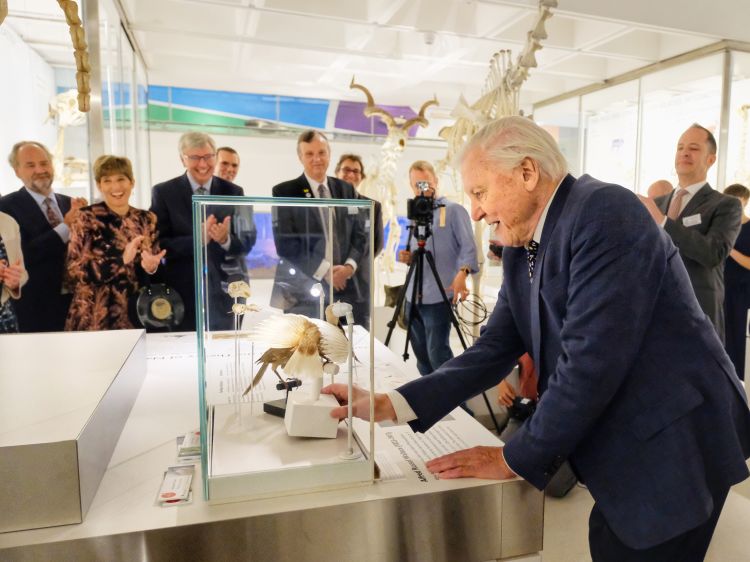
to now…
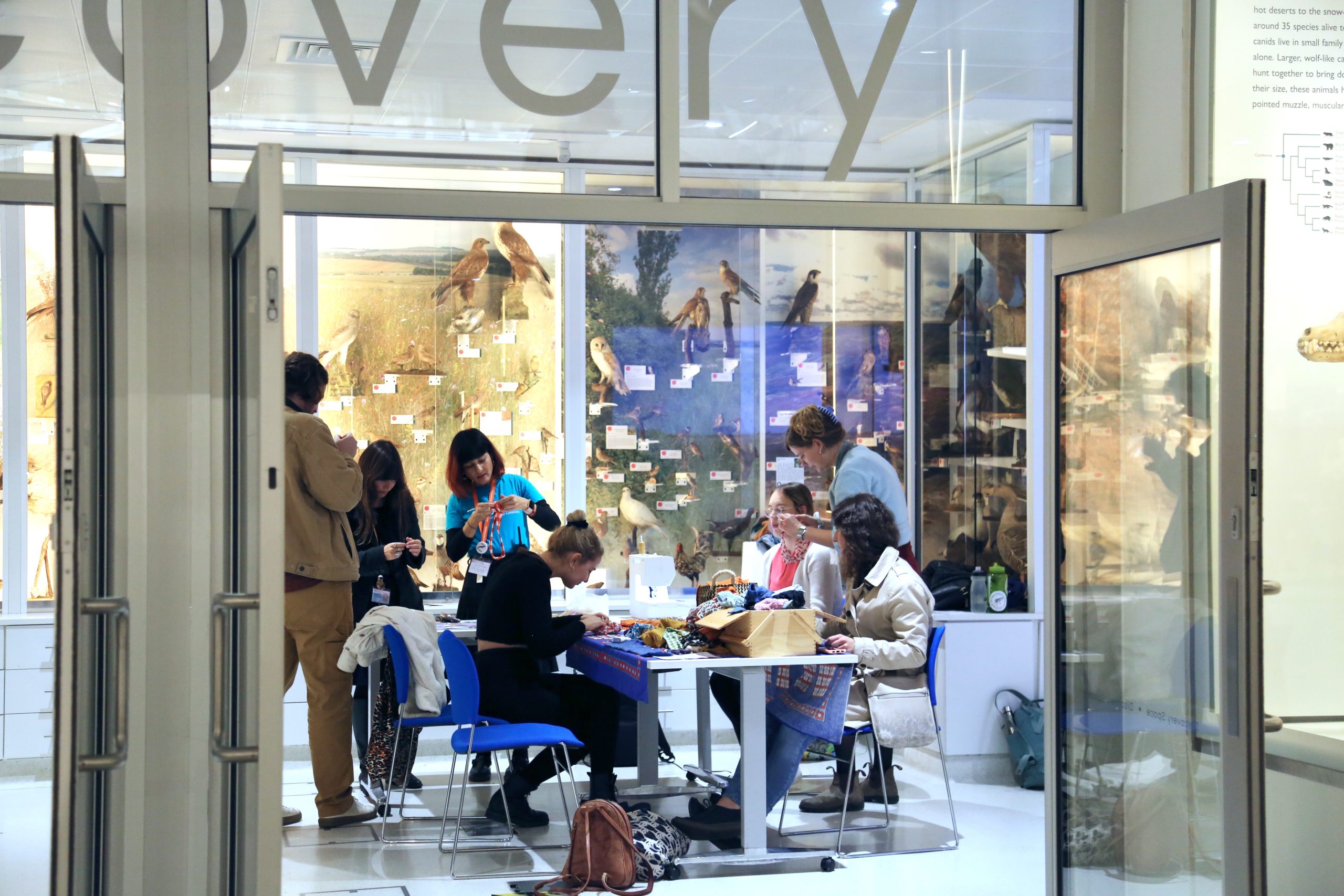
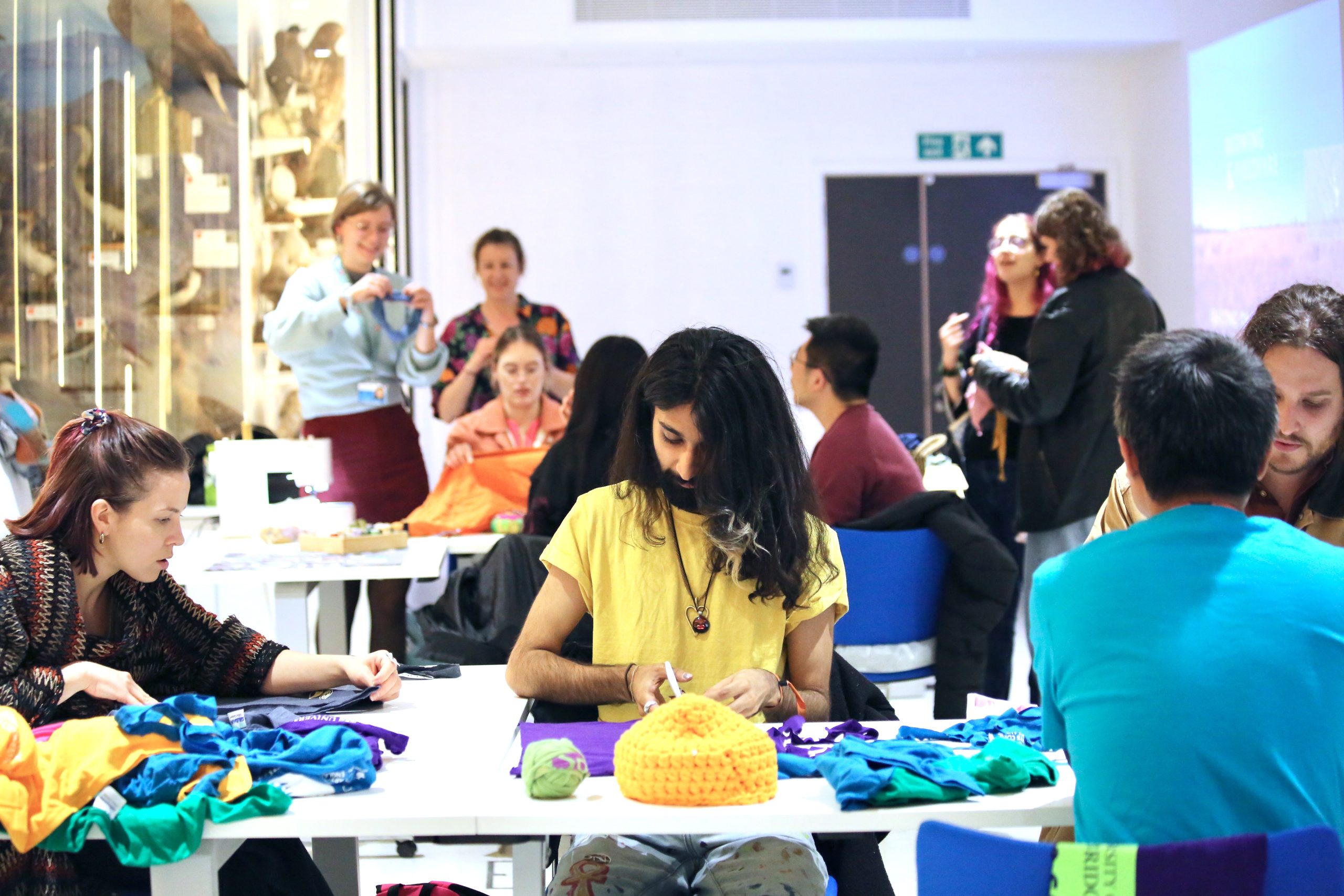
That’s not all…
No post like this can hope to cover the huge range of work that takes place across the museums and Botanic Garden. But don’t worry! You can get regular updates right here on the Collections in Action Blog. Just scroll to the bottom of this page to subscribe.







